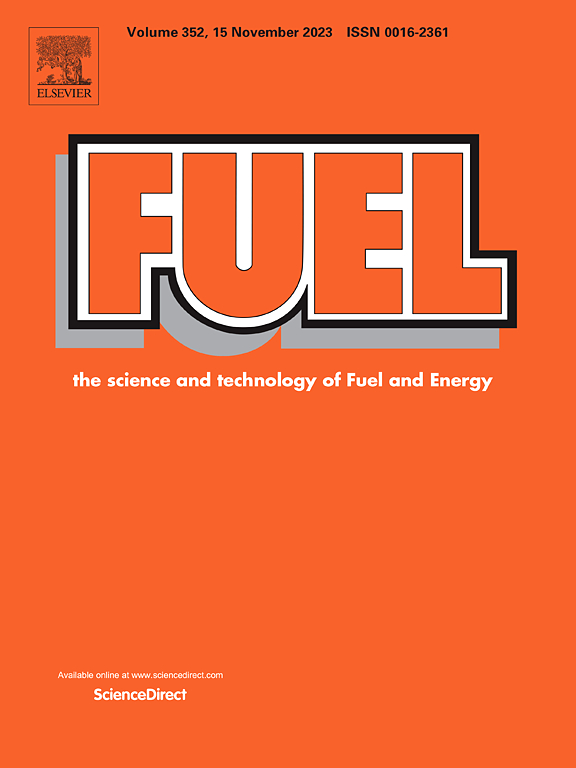Research progress of non-aqueous absorbents for carbon dioxide capture with low energy consumption: A review
IF 6.7
1区 工程技术
Q2 ENERGY & FUELS
引用次数: 0
Abstract
Amine-based absorption/desorption systems are a well-established method for CO2 capture process due to their fast absorption rates, high CO2 loading, and recyclability. However, the significant drawback is the high energy required for solvent regeneration and heavily water evaporation significantly limits their efficiency. To overcome this, non-aqueous CO2 absorbents have been developed as an alternative, offering advantages such as thermal stability, high absorption capacity, and reduced energy consumption compared to traditional aqueous amine systems. Consequently, research focuses on developing cost-effective, efficient, and sustainable non-aqueous absorbents. This review summarizes findings from 2011 to 2024 on CO2 capture which employing non-aqueous absorbents, including absorption performance, mechanisms, energy consumption, and challenges. The first section examines amine-based non-aqueous solutions, encompassing single and blended amine absorbents. The second section explores CO2 binding liquids, and phase-changed amine absorbents. Energy consumption and operational cost comparisons among non-aqueous absorbents in different systems were conducted due to its critical importance. In conclusion, this review highlights the advantages, challenges, and potential of non-aqueous absorbents in CO2 capture. Addressing energy consumption issues and pursuing sustainable alternatives contribute to progress in carbon capture for mitigating climate change. Future research should prioritize optimizing non-aqueous systems to balance energy savings, cost-effectiveness, and scalability to combat climate change effectively.
求助全文
约1分钟内获得全文
求助全文
来源期刊

Fuel
工程技术-工程:化工
CiteScore
12.80
自引率
20.30%
发文量
3506
审稿时长
64 days
期刊介绍:
The exploration of energy sources remains a critical matter of study. For the past nine decades, fuel has consistently held the forefront in primary research efforts within the field of energy science. This area of investigation encompasses a wide range of subjects, with a particular emphasis on emerging concerns like environmental factors and pollution.
 求助内容:
求助内容: 应助结果提醒方式:
应助结果提醒方式:


